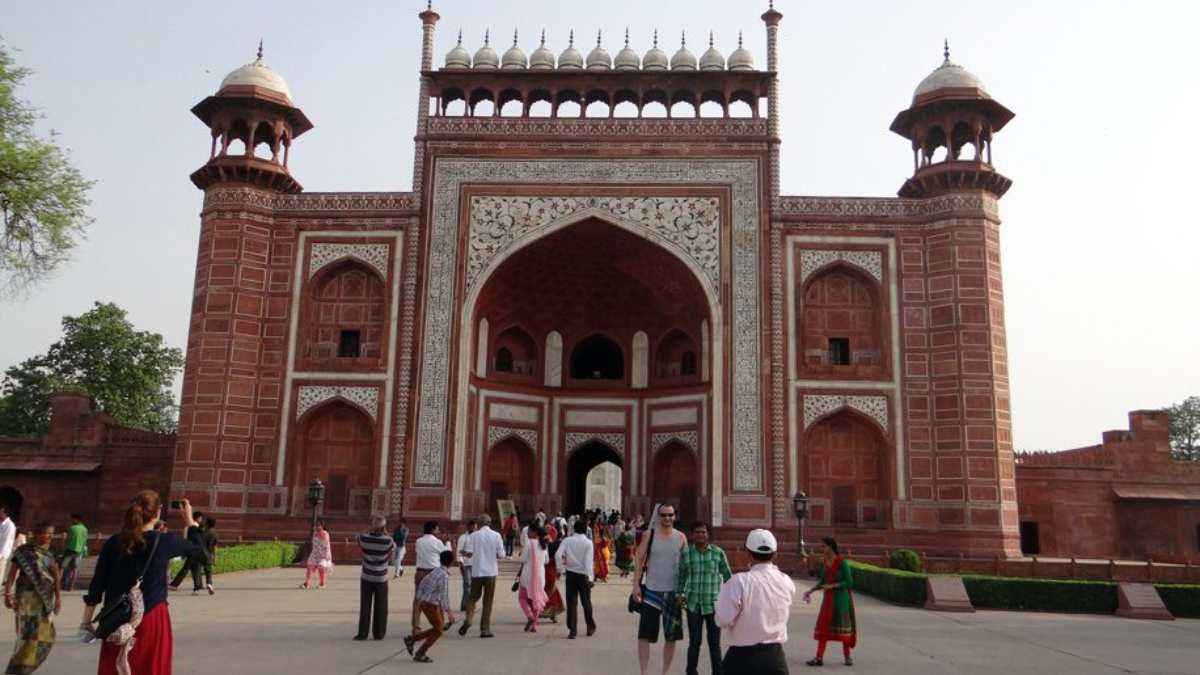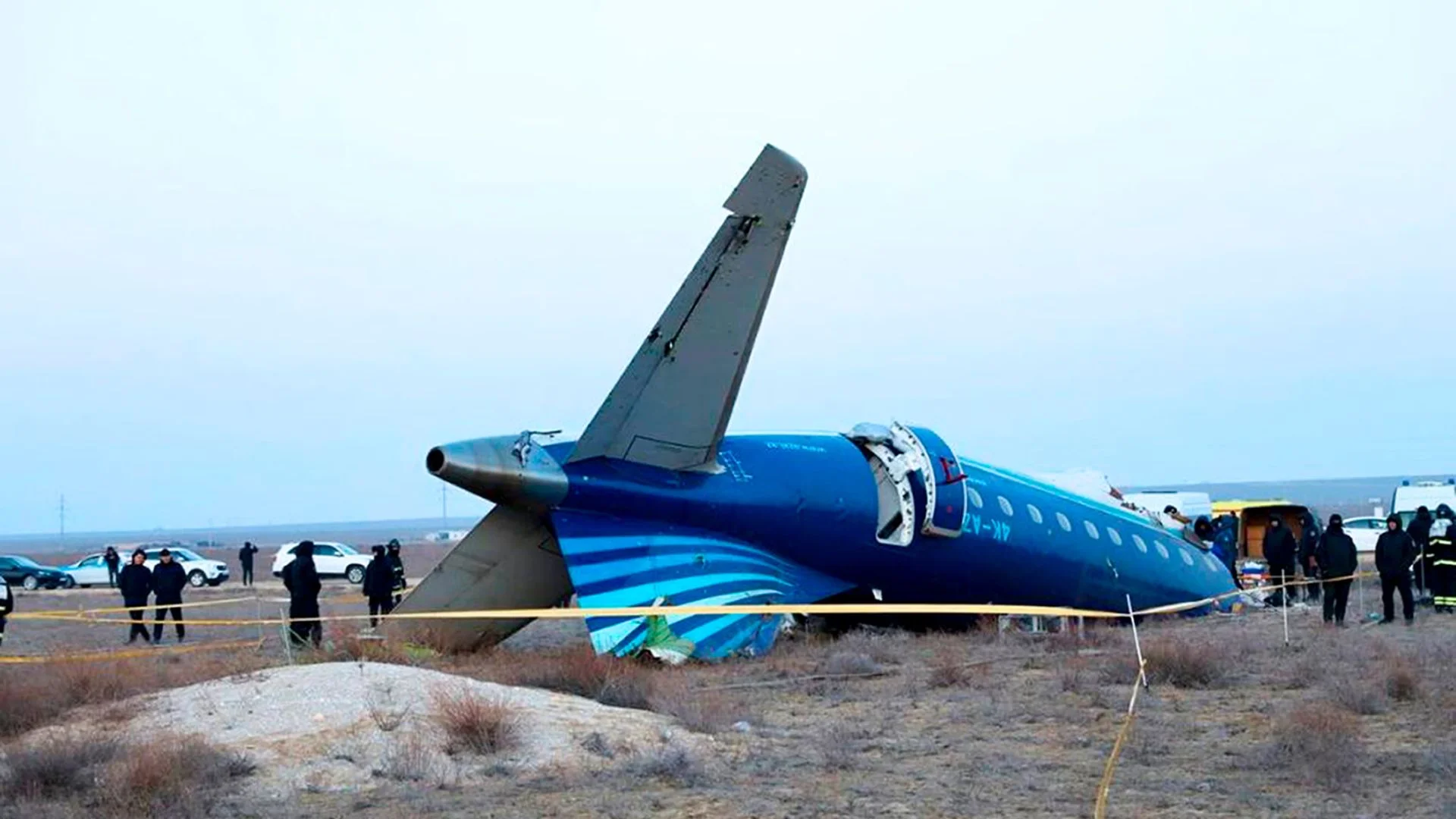The Covid-19 pandemic has greatly impacted the world economy. To control the spread of coronavirus, most countries have closed their borders for visitors and tourists. This has resulted in a total ban on international travel and curtailment on domestic tourism. The tourism industry has faced significant disruption due to travel bans. The lockdown in the entire country and ban on international travels have hard hit the tourism sector of the country.
The tourism and travel industry has major contributions in the Gross Domestic Product (GDP), employment and foreign exchange earnings for many countries. The importance of the tourism sector to the world can be understood from the fact that the tourism sector contributed about 29 percent of global exports of service sectors and generated about 300 million jobs around the world in 2019. The tourism sector is seen as a major employment generating sector because of its labour-intensive nature. The sector is considered to be highly inclusive because of the involvement of a higher percentage of women and young professionals.
India offers a vast and diverse market for travel and tourism. The various tourism products include cultural tourism, religious tourism, leisure tourism, adventure travel, eco- tourism, medical tourism, wellness tourism etc. The Indian tourism industry has also been severely impacted by the pandemic. Summer is the peak season for domestic travellers. The summer of 2020 has turned out to be a summer of lockdown. Due to the lockdown, travel to leisure destinations like Rajasthan and other hills of the country has been reduced by 30% as compared to last year. In the phases of unlock, only people with business requirements or emergency needs were travelling. The estimates from various standards show that the tourism industry will return to the pre-crisis level by 2024. As a result of the pandemic nearly 120 million jobs are put at risk around the globe.
The famous tourist spots of Leh, Manali, Mussoorie, Darjeeling, Gangtok, etc, have been over crowded with tourists during peak summer seasons. Over-tourism to these destinations has led to chaotic constructions, illegal encroachments, traffic jams and great loss to natural flora and fauna. The pandemic has provided the much-needed breather to these nature’s abodes. In the current situation tourists will prefer those destinations which are less crowded, have close proximity to nature and have ease of social distancing. This will help the authorities to cater to the carrying capacity of the various destinations which has long been neglected. Most of the tourist places in India have more tourists visiting than their carrying capacity.
With the new norms being in place restrictions on the number of tourists can be put and permits can be issued only according to the carrying capacity of a particular spot. With the prospects of national borders being opened in future, there is a need for partnership between the government and tourism sector. The present situation requires coordination at a level never seen before. The reopening of the tourism sector requires the industry to be made safe, attractive and economically viable for the tourists and service providers. The role of the government needs to be redefined in the postCovid era. The government needs to promote coordination between the public and private sector and the government should act as a facilitator. The pandemic of Covid-19 has changed the ‘normal’. The post-Covid situation is bound to see a shift in demand patterns, revenue spending, destination choice and arrival statistics. The government of the country has to add new dimensions to the data analytics to access the changed situation.
The recovery in the tourism sector will take around three to four years. It shows that for the next few years, the way the tourism sector is financed, needs to be changed. New innovative financing measures need to be placed. The operation of hotels at optimal capacity is a difficult task in the near future. A revenue pooling structure for hotels can be a viable solution in the near future. One of the main tasks for the tourism sector employees is to remain and make its tourists feel safe. The return of demand in this sector will only sustain if the safety protocols are strictly followed and the guidelines adhered to. The recovery for the tourism sector is filled with a situation of confusion and chaos. Communication between various stakeholders can be the key to instil confidence back.
he recovery in the tourism sector and at the same time has to contain the spread of the virus. India could establish a tourism circuit with other friendly neighbouring countries to give a boost to tourism. Another area is that of medical and wellness tourism. Medical tourists in India come from several parts of Europe, Middle East, neighbouring countries of Pakistan, Bangladesh, Nepal and United States. This is one area in the tourism sector which cannot be postponed for long. India has cost advantage in complex surgical processes when compared with other countries, making it the preferred destination for medical processes. The visitors combine their need for medical treatment with visits to nearby places. The various other services offered by the Indian medical tourism industry are wellness tourism, alternative systems of medicine, cosmetic surgery, advanced and lifesaving healthcare. The future of the tourism sectors lies in its ability to build trust among the tourists and to garner confidence in the people that the tourism industry is ready to welcome them again.
Siddharth Singh is assistant professor of Economics at DAV, Banaras Hindu University, Varanasi. Kunwar Pushpendra Pratap Singh is journalist and expert on international relations.












